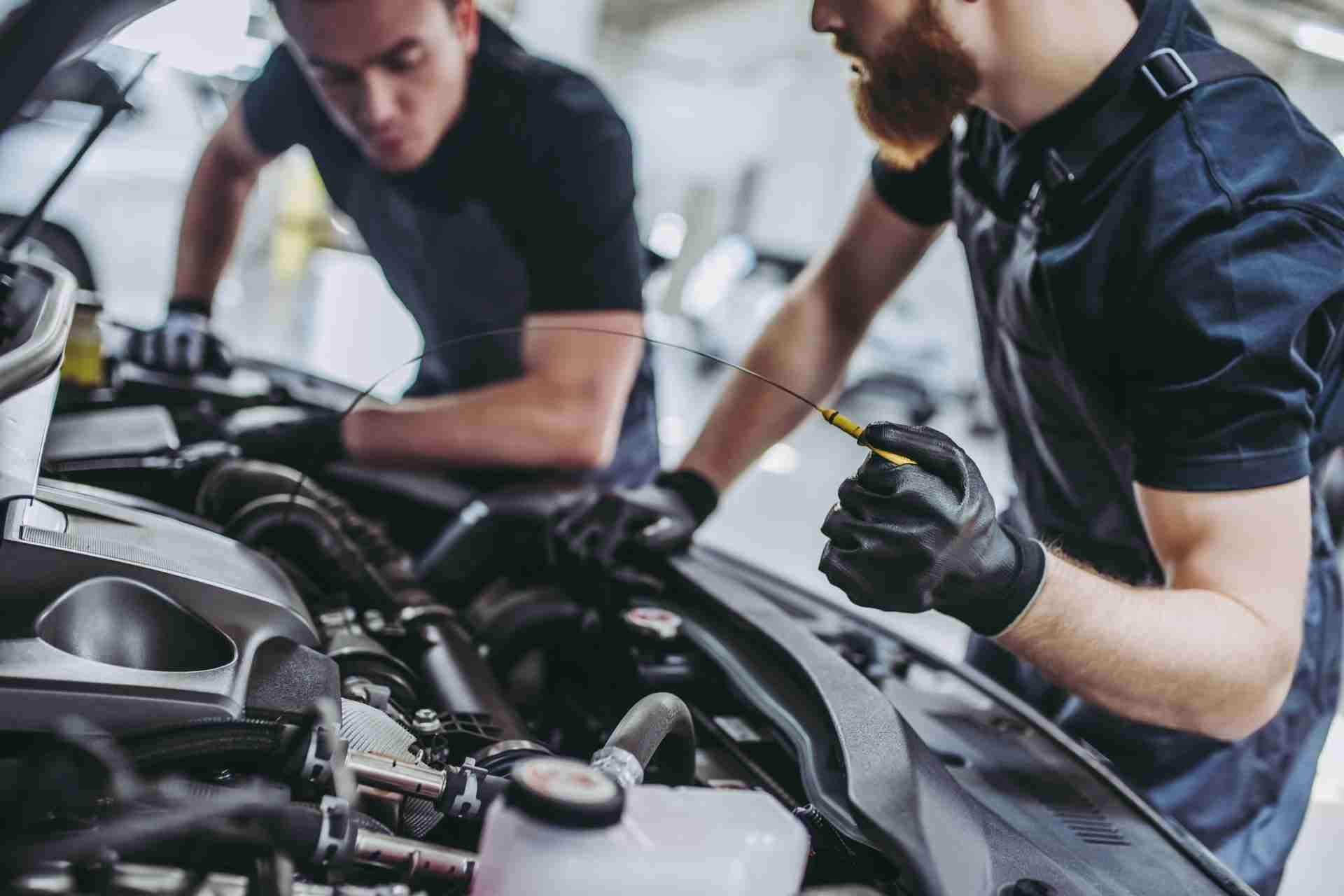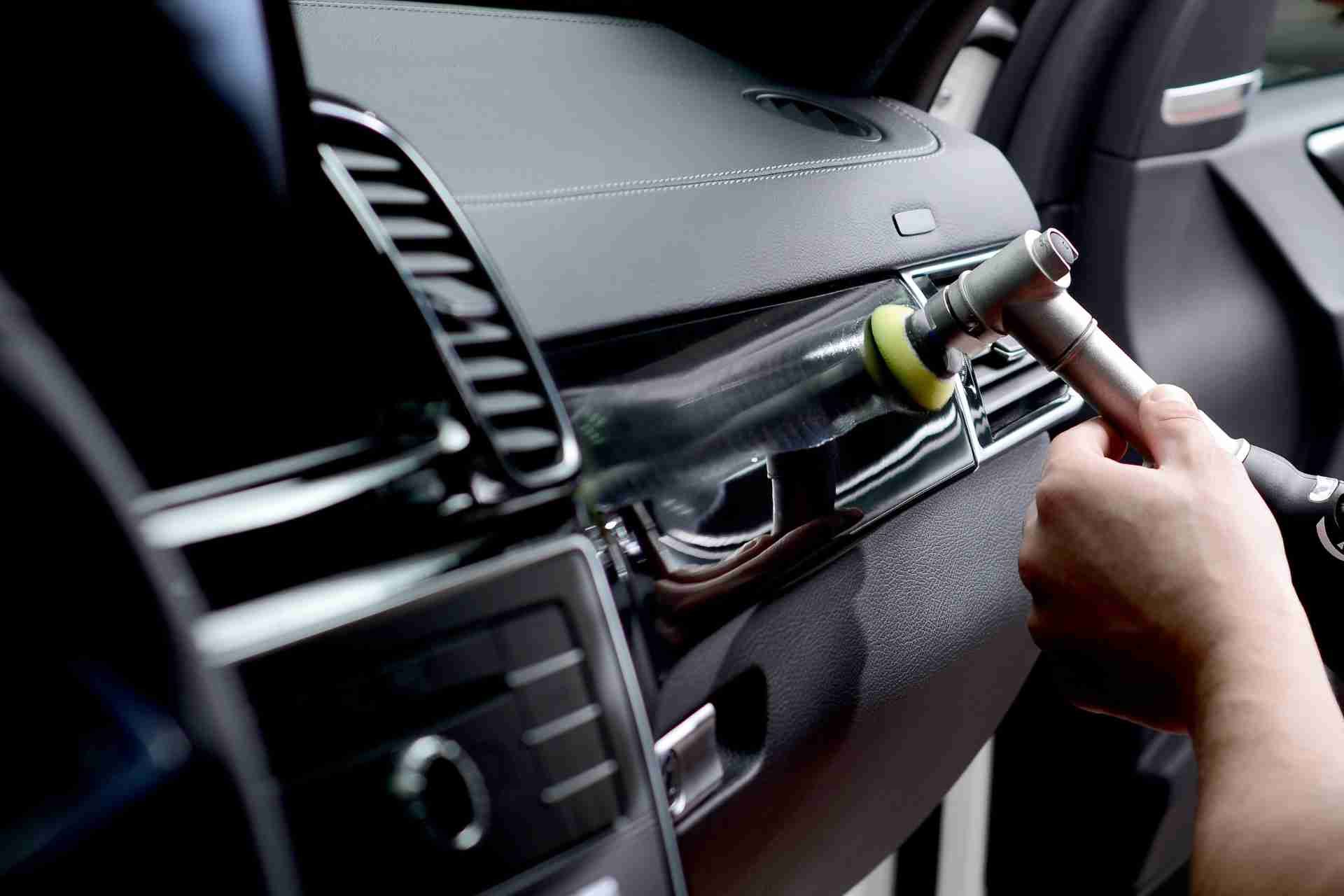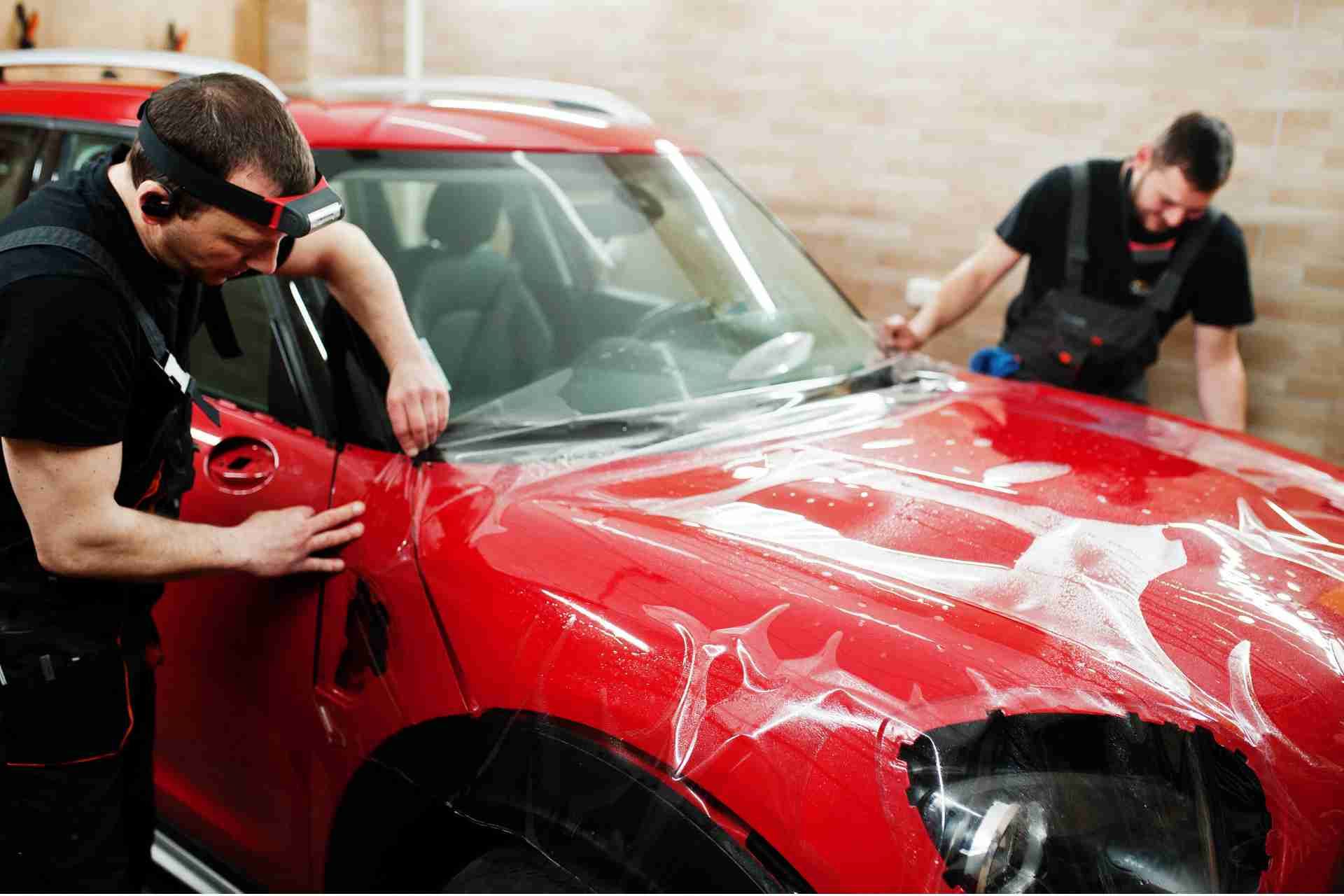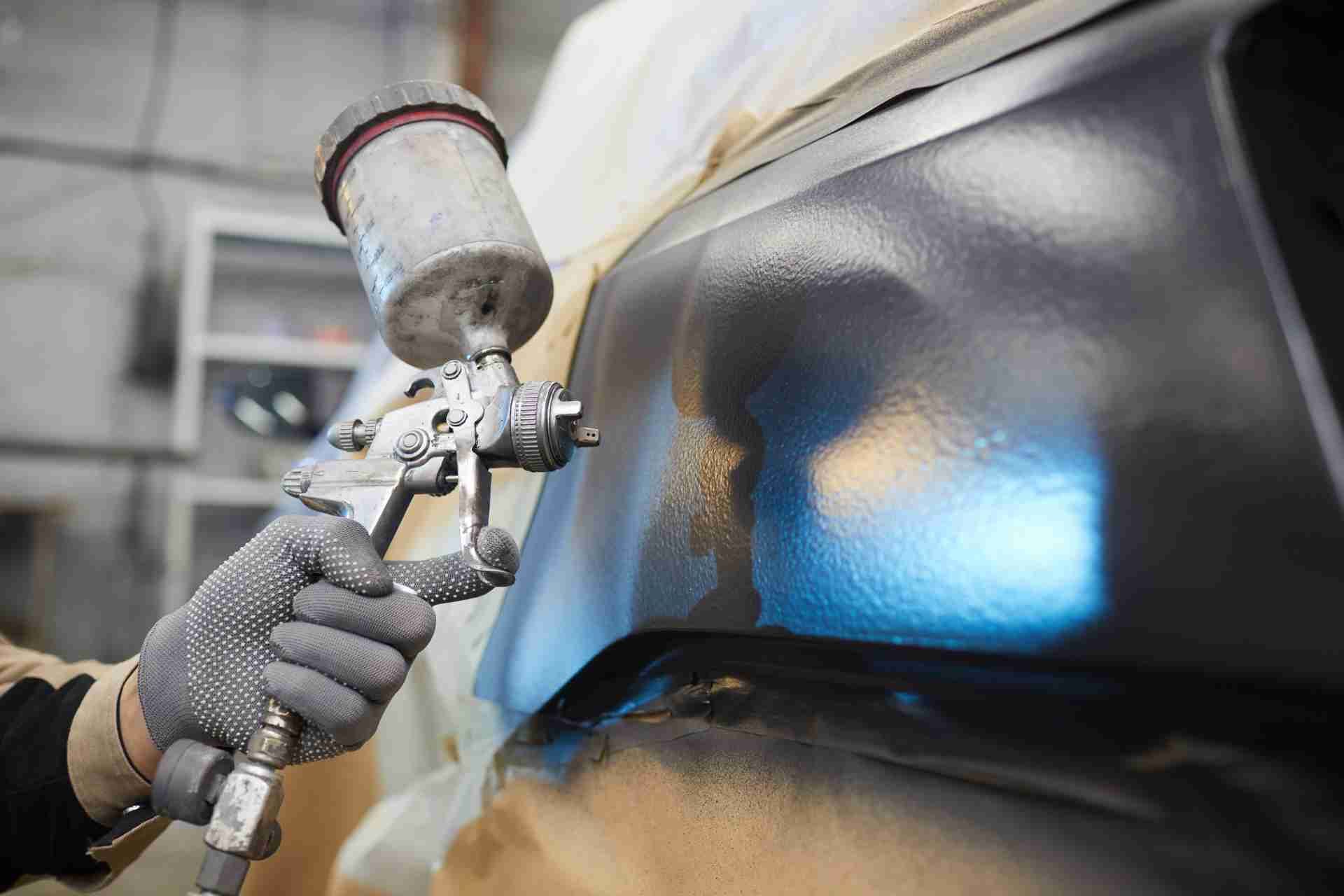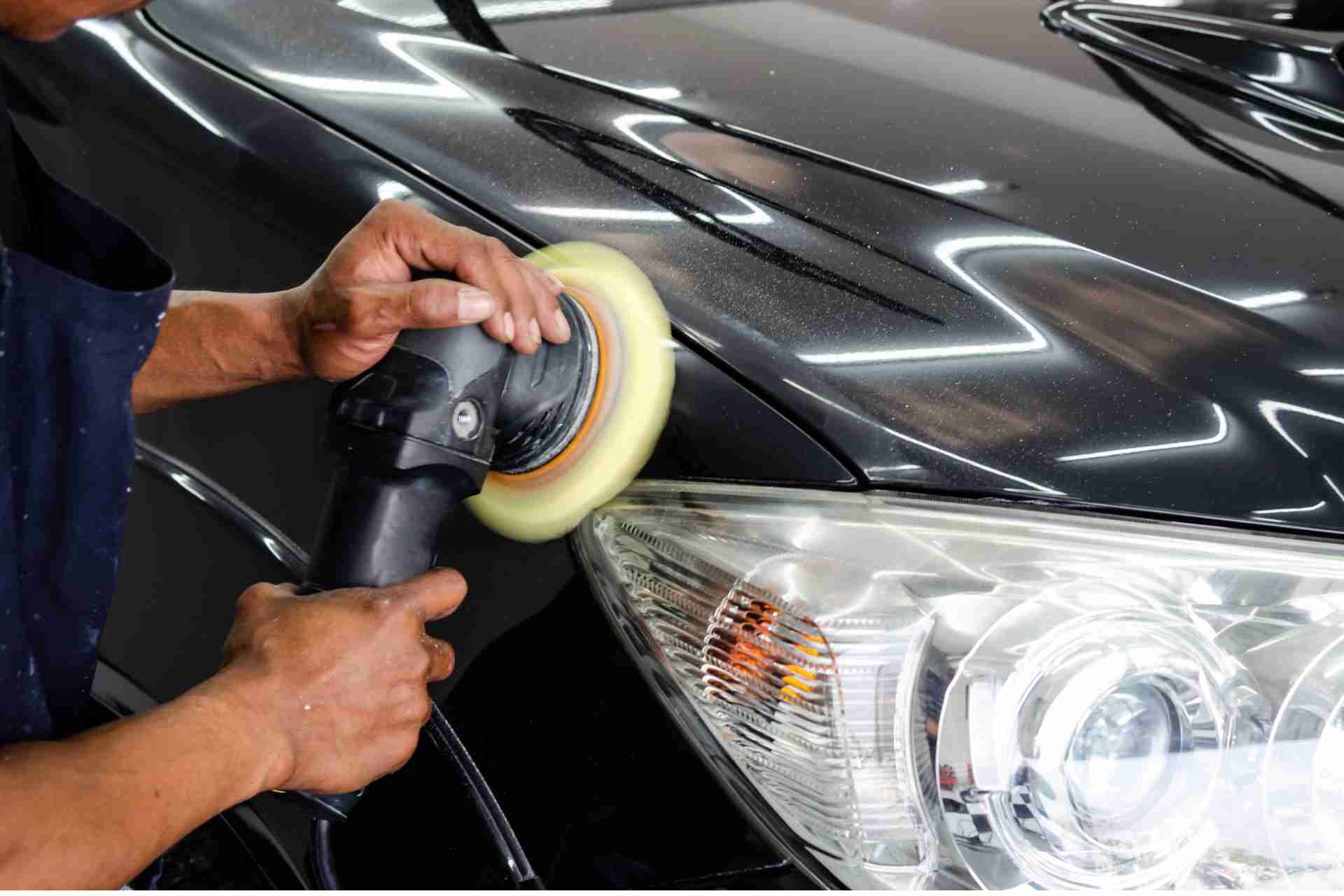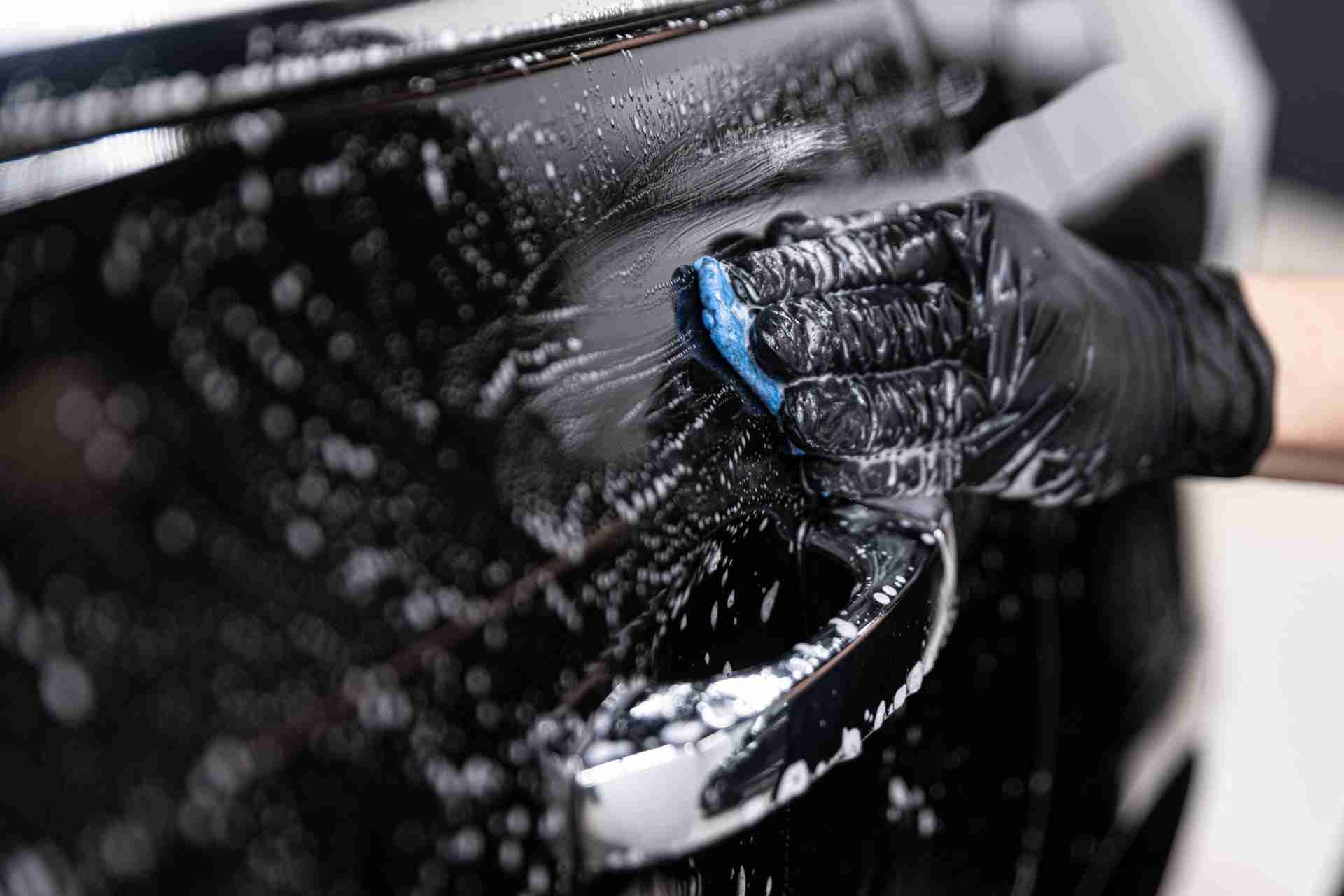Is your Car Ready for Summer?
As summer approaches, you need to ensure your car is prepared for the rising temperatures. It's not just about comfort; it's about safety and performance. From checking coolant levels to inspecting your tires, there are several steps you should take. But what about the hidden risks that might catch you off guard? Let's explore what you can do to keep your vehicle in top shape this season.
Check Your Coolant Levels
How can you ensure your car won't overheat this summer? Start by checking your coolant levels regularly. Low coolant can lead to engine overheating, especially in the sweltering heat.
Open the hood and locate the coolant reservoir; it usually has markings indicating the minimum and maximum levels. If it's below the minimum, you'll need to add a proper coolant mixture. Always use the type recommended in your owner's manual.
Also, keep an eye out for leaks or discoloration in the coolant. If you notice any issues, address them promptly to avoid more severe problems down the line.
Inspect Your Tires
Before hitting the road this summer, make sure to inspect your tires carefully.
Start by checking the tread depth; you need enough grip for hot, slippery roads. Use the penny test: insert a penny into the tread with Lincoln's head facing down. If you can see all of his head, it's time to replace the tires.
Next, look for any visible damage, such as cuts or bulges.
Don't forget to check the tire pressure, too—under-inflated tires can lead to poor handling and increased wear. Inflate them to the recommended PSI found in your owner's manual or on the driver's side door.
Test Your Battery
As summer temperatures rise, it's crucial to test your battery to ensure it can handle the heat. High heat can cause your battery fluid to evaporate, leading to reduced performance or even failure.
Start by checking for any corrosion on the terminals; clean them if necessary. Then, use a multimeter to check the voltage. Ideally, your battery should read between 12.4 to 12.7 volts when the engine is off. If it's lower, consider charging it or having it tested at an auto shop.
Additionally, if your battery is over three years old, it's wise to have a professional evaluate its condition. Taking these steps now can save you from unexpected breakdowns later in the summer.
Change Your Oil
Keeping your battery in top shape is just the beginning; you also need to change your oil to ensure your engine runs smoothly during the hot months.
As temperatures rise, oil can break down faster, losing its ability to lubricate properly. Check your owner's manual for recommended oil change intervals, but it's generally wise to change it every 3,000 to 5,000 miles, especially before summer.
When you do change your oil, consider using a high-quality synthetic oil designed for hot weather.
Don't forget to replace the oil filter, too. This simple maintenance task can prevent overheating and engine damage, ultimately saving you money and headaches down the road.
Examine Your Wipers and Windshield
How well can you see out of your windshield during summer storms? Your wipers play a crucial role in ensuring clear visibility. Before the storms hit, take a moment to inspect your wiper blades.
Look for any signs of wear, such as cracks or fraying. If they're not making full contact with the windshield, it's time for a replacement.
Don't forget to check your windshield for chips or cracks, as these can worsen in heat and humidity. Even small damage can impair your vision during a downpour.
If necessary, get those repaired before they become bigger issues. Keeping your wipers and windshield in top condition will help you drive safely and confidently through those summer storms.
Ensure Your Air Conditioning Works
After ensuring your wipers and windshield are in good shape, it's time to turn your attention to the air conditioning system. You don't want to sweat it out during those hot summer drives.
Start by checking if the A/C blows cold air. If it doesn't, you might need to recharge it or check for leaks. Turn on the system and listen for any unusual noises that could indicate a problem.
Also, inspect the cabin air filter; a clogged filter can reduce efficiency. Clean or replace it if necessary.
Finally, consider having a professional perform a full inspection to ensure your A/C runs smoothly all summer long. Stay cool and comfortable on the road!
Verify Your Brake System
Before hitting the road for summer adventures, make sure your brake system is in top condition.
Start by checking the brake fluid level; low fluid can indicate leaks or worn components.
Inspect the brake pads for wear; if they're less than a quarter-inch thick, it's time for replacement.
Don't forget to examine the rotors for grooves or damage, as this can affect braking performance.
Listen for any unusual noises when you brake, like squeaking or grinding, which might signal a problem.
Finally, ensure your brake lights are functioning correctly for safety and visibility on the road.
Taking these steps will help you enjoy a stress-free summer drive, knowing your brakes are ready to handle any situation.
Pack an Emergency Kit
While you may not anticipate any issues during your summer travels, packing an emergency kit is essential for peace of mind.
Start with a first aid kit that includes bandages, antiseptic wipes, and pain relievers. Add a flashlight with extra batteries, a multi-tool, and jumper cables.
Don't forget water and non-perishable snacks to keep you nourished if you're stranded. A blanket can provide warmth during unexpected delays, while a spare tire and basic tools can help you handle minor issues.
Include a phone charger and a map, just in case your GPS fails.
Conclusion
To keep your car running smoothly this summer, make sure you check coolant levels, inspect your tires, and test your battery. Don't forget to change your oil and examine your wipers, too. Ensure your air conditioning is in good working order, and verify your brake system for safety. Finally, pack an emergency kit to handle any surprises on the road. With these steps, you'll be all set for a safe and enjoyable summer driving experience!


